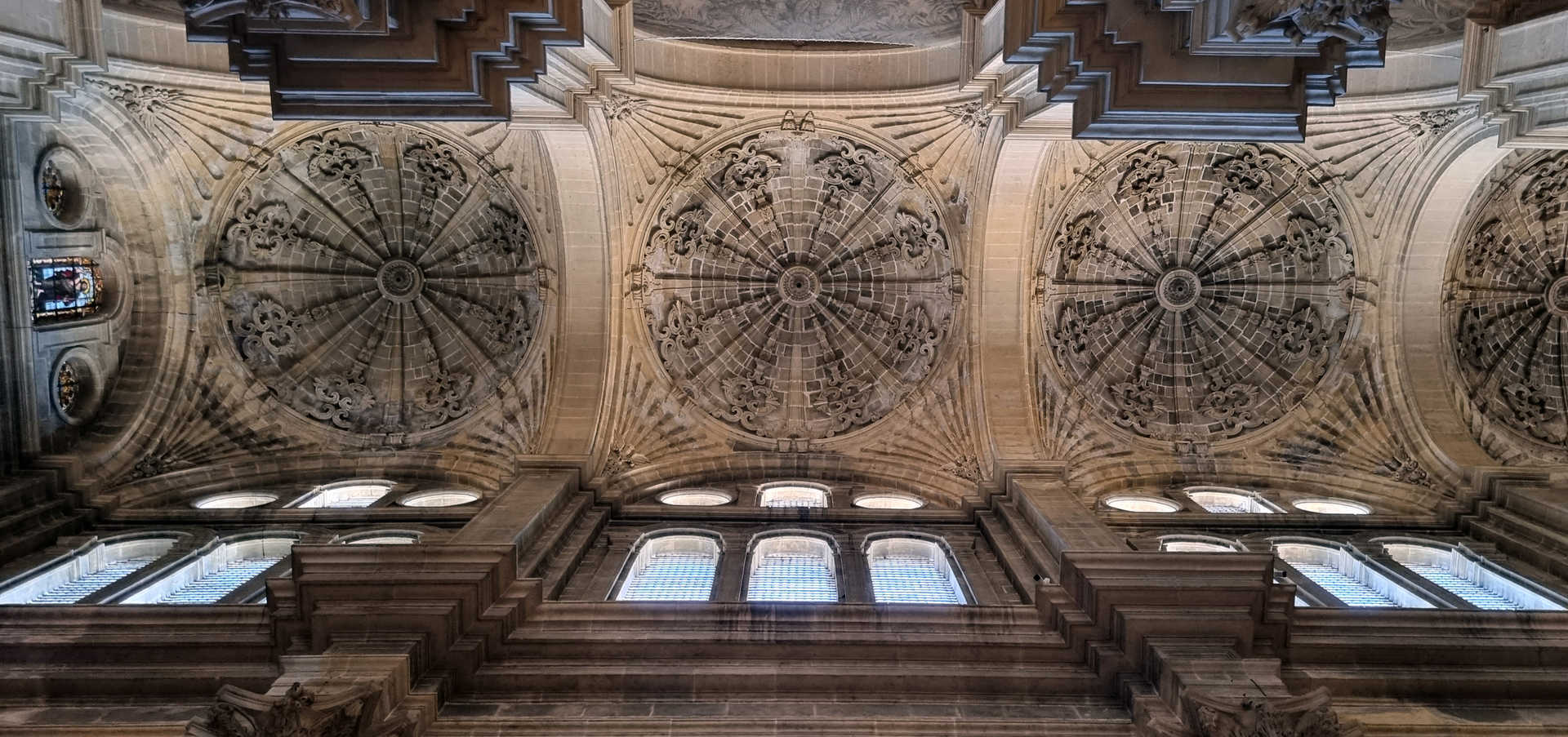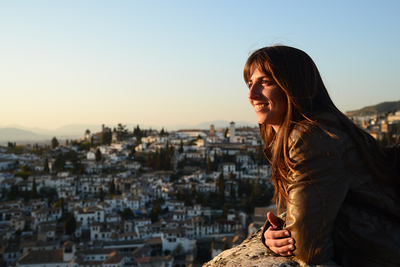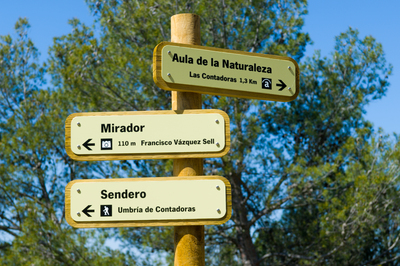A journey through the landscapes of light in Andalusia

The search for shade, as a necessity, in the landscapes of light in Andalusia has always been one of the reasons behind Andalusian architecture, like others in the Mediterranean, making it what it is since ancient times. The aim was to filter the blinding beam of light, to create spaces that are comfortable on the eyes, where you can rest and reflect. In the palaces, stately homes, castles, gardens, pools, cisterns, promenades and avenues that constitute the historical heritage of Andalusia, magical environments and seductive visual illusions have been created that will certainly surprise you. We invite you to make a tour of the eight provinces to learn about the scenarios where light combines with space to create a unique atmosphere.
The light that bathes the Almeria Mediterranean
The first stop on this tour is in the province of Almería, where the light is so intense that it needs no further demonstration. In the city of Almería you will find the Sanctuary of La Virgin del Mar, where the use of light is very subtle. This church consists of three naves, the widest in the centre, covered by a vault in which two small roof lanterns open that mark the axis of the transept. Here there is a ribbed dome crowned by another of these roof lanterns, which illuminates the figure of La Virgen del Carmen, the patron saint of sailors.
And following the seafaring tradition, the next place where light plays with the senses is on the shores of the Mediterranean. You can enjoy one of the most spectacular sunsets in Andalusia at the Cabo de Gata Salt Pans, which acquire dazzling shades and colours outlining the mountains of salt. In fact, there is a moment in the day when the light is so powerful that all you perceive on the retina are the most intense shades of orange.
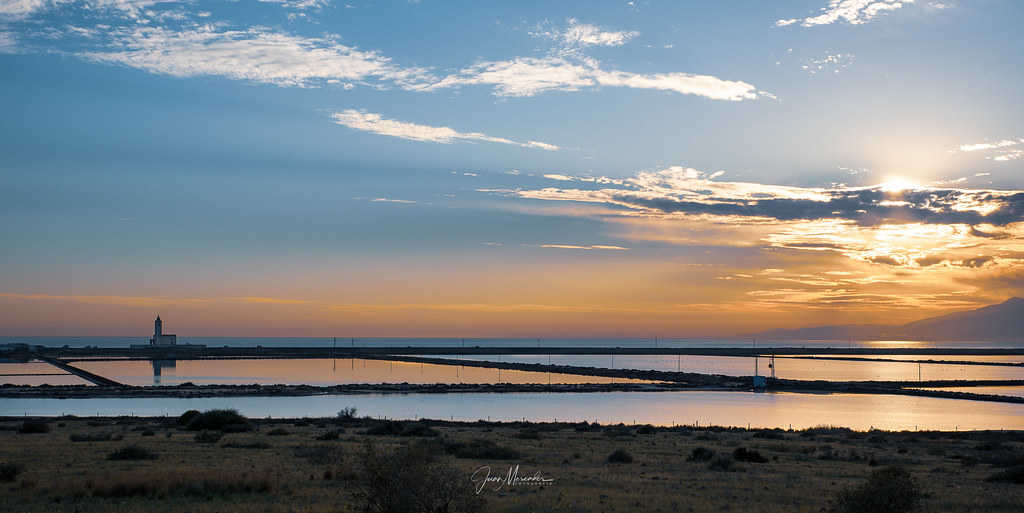
Nasrid Granada: an experience with light that awakens the five senses
Did you know that the Patio de los Arrayanes in the Alhambra represents the culmination of Nasrid architecture in terms of the treatment of light? In summer light flickers across the surfaces, whilst in spring and autumn the effect is more subtle and seductive. But the most sensational impact is in winter, when the sun's rays create strong shadows that enhance the parts that are illuminated.
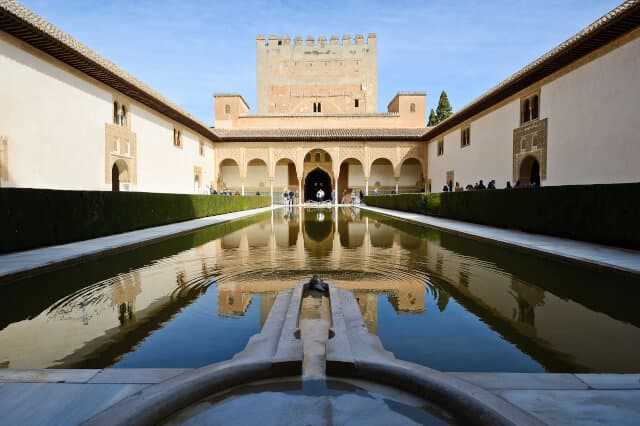
Another example of the importance that the Nasrid culture gives to light is in the Muralla de Antonio Jiménez Torrecillas, which began to be restored in 2006. Nowadays, it would not make sense to reproduce the width of a mediaeval wall, which is why it has been decided merely to represent this thickness, leaving a void in which to enclose the magic of light in the Nasrid architecture. A tour of this inner street, especially in the mid-afternoon sun, is an experience for the senses and an awakening of sensations.
Light as a designer of architecture in Jaén
If you visit the Cathedral of Jaén, you will find one of the best examples in Spain to explain how light is used so ingeniously that it transforms into one more component of the architecture. Just to look at how this element is used in this cathedral is very special, because it represents a master class in how to focus the sun's rays to highlight the decorative elements and reliefs.
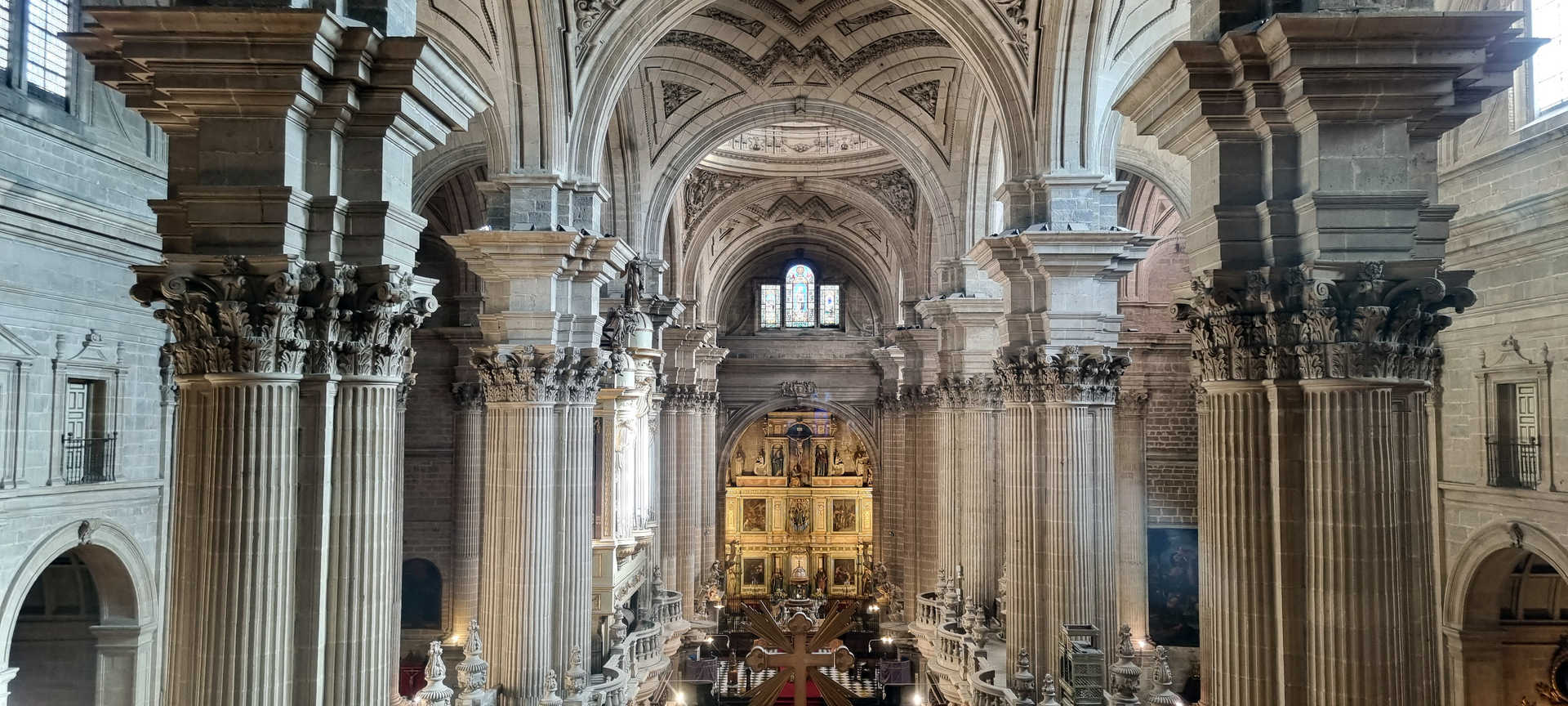
Still in the same province, you really have stop in Úbeda to visit the Cloister of the Basilica and Royal Collegiate Church of Santa María la Mayor de los Reales Alcázares. The irregularity in the construction of this building sharpens its proportions through the peaks of shadow on the different edges and measures. The shadows created by the arches cross over those of the chapels in the church, and generate an interesting play of light and shadow as they move around and cross during the day.
In Córdoba, the patios provide the city with a contrast of lights.
The Mosque is an essential monument if you are looking for Al-Andalus Córdoba. These spaces were designed to provide protective cover, with very little closure on the sides to let in the light. Many spaces left in the patio of the mosque in Córdoba have been filled in to be used as chapels, modifying the light and emphasising the shadows in the old building.
The Palace of Viana is the perfect place to contemplate a completely opposite architectural style, where patios also play a unique role. The three patios in the Palace (called Recibo, los Gatos and los Naranjos) represent a way of life that changes with each season of the year, adapting the spaces to different uses in accordance with the presence and use of light.
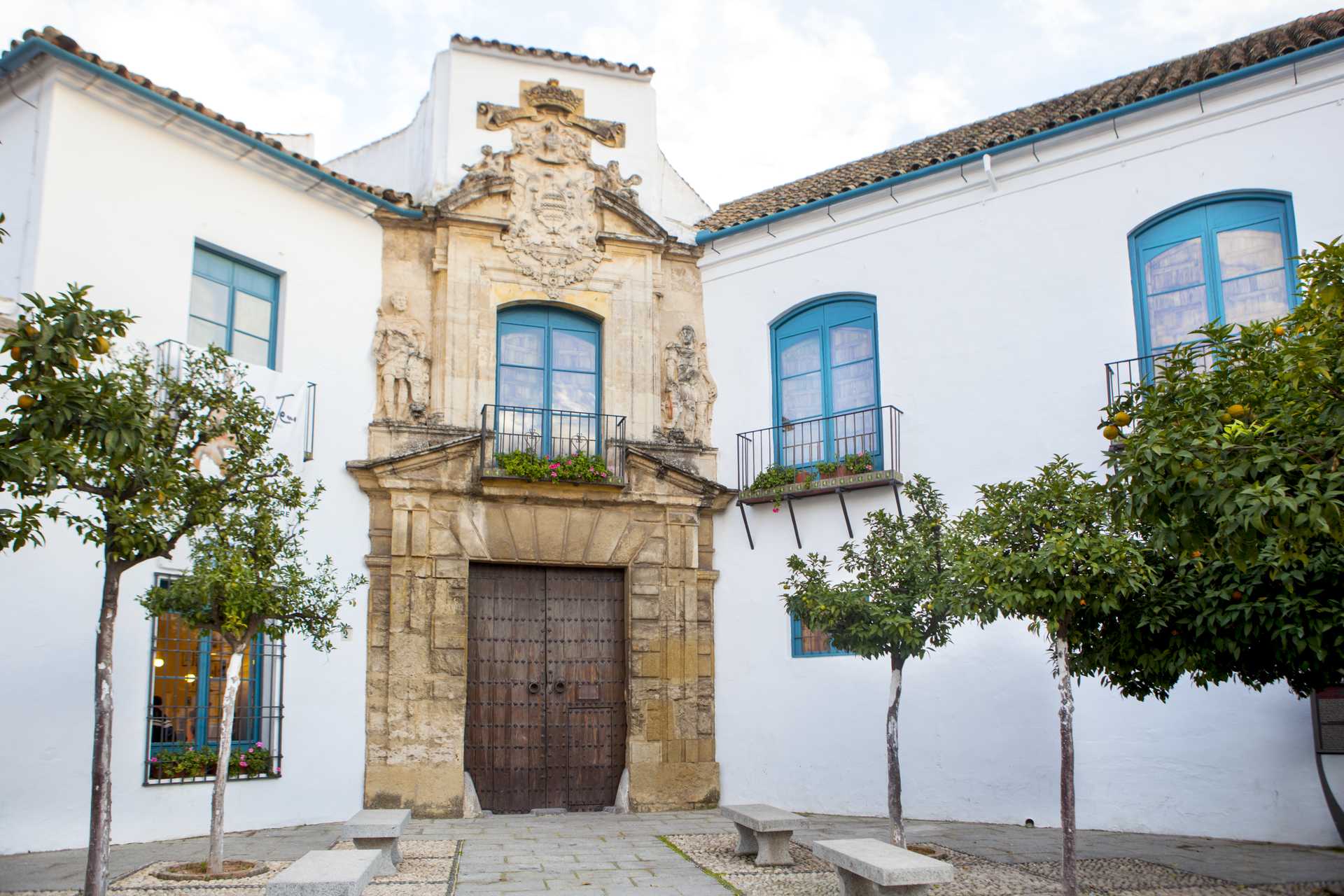
The play of lights in the most emblematic monuments in Seville
Both the Real Alcázar and the Cathedral are on the list of essential monuments to visit in Seville, but what role does light play in both of these buildings?
Firstly, one of the most unknown areas in the Real Alcázar is the cistern, located just below the Gothic palace. The light that there used to be and that is still there today tells us a unique story: how a water pool became a cistern. The setting is magical, completely different from that conceived in the 12th century, which changes throughout the day as the sun completes its cycle, with the only lighting coming from the side slits.
Next to this building you will find the Cathedral, the largest Gothic temple in the world. Here the light is manipulated to give it meaning: the walls are freed and open to house stained glass windows, responsible for transmitting divine messages. Together with artificial lighting of a yellowish tone, you are left with a homogeneous, quiet and constant light that gives this temple an elegant sobriety. You can see that it is combined with the Renaissance building, at a time when light predominated and doors were opened to let it flood in. You pass from the sombre light in the cathedral's naves, to the Sacristy which is a universe of clarity.
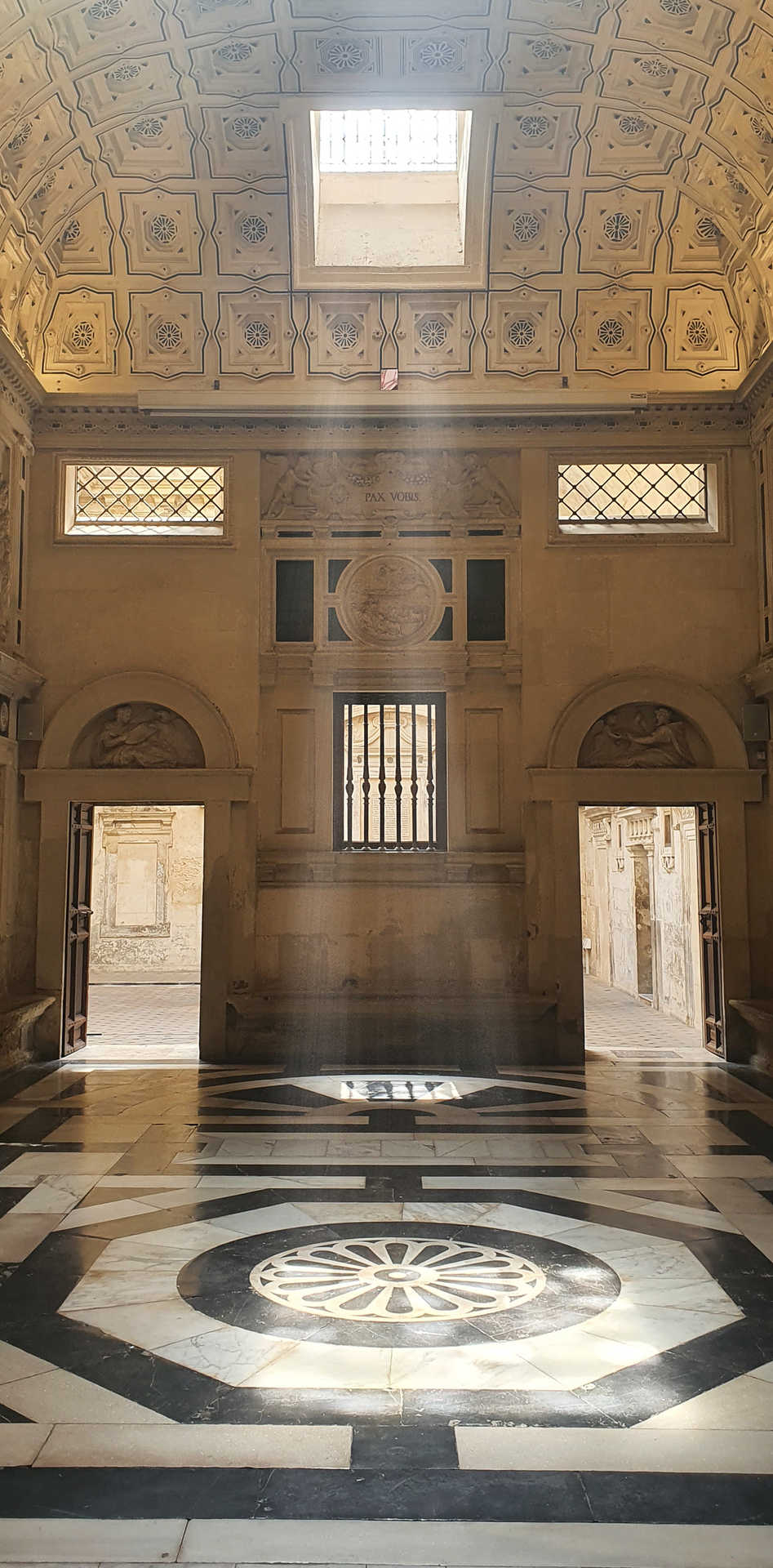
Scenarios with light and shade in the province of Huelva
We suggest you travel through the mountain areas in the province to visit two places where the contrast between light and shade is an essential feature.
The first destination is the Dolmen de Soto, located in Trigueros, of the long corridor type. It is at a depth of almost 21 metres and it is one of the longest in mainland Spain, whilst most unusually for Europe there are numerous engravings. The light is transformed into a symbolic element that gives the architecture a sacred value, representing different dualities: light and darkness, life and death, interior and exterior.
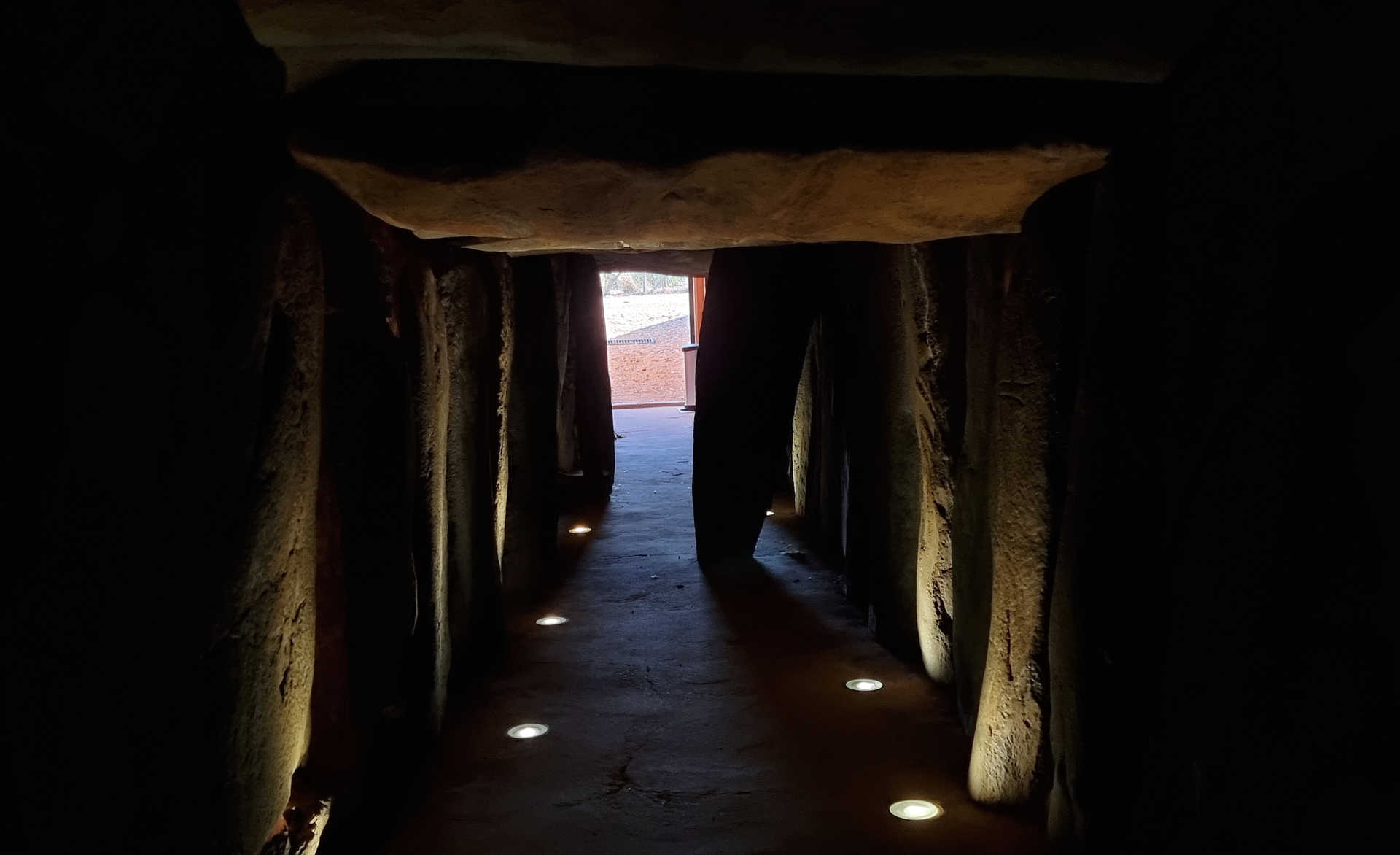
The next point on the route is the Mosque in Almonaster La Real. The mosques are designed to be shady areas that invite reflection, but when it was transformed into a church they built an apse which allowed sunlight to shine in like a spotlight. A series of arrow slits were opened on the wall pointing towards the qibla, creating a very special light play with beautiful contrasts in the heart of the Sierra de Aracena.
The influence of light on the gastronomy in Cádiz
In the province of Cádiz there are two places you can visit that have an intimate relationship with gastronomy and where light plays an essential role.
The province is renowned for its wine production and there are a number of wine cellars you can visit to learn all about their products. The architecture creates the necessary atmosphere to produce the alchemy that transforms grape juice into fortified wine. In the triangle made up by Jerez de la Frontera, Sanlúcar de Barrameda and Puerto de Santa María you get the chance to understand these spaces and their relationship with light. In the Bodega González Byass in Jerez, you really should take a stroll along the Calle Ciegos, one of the most beautiful in the world, where you can enjoy the shade created by the vines and other plants.
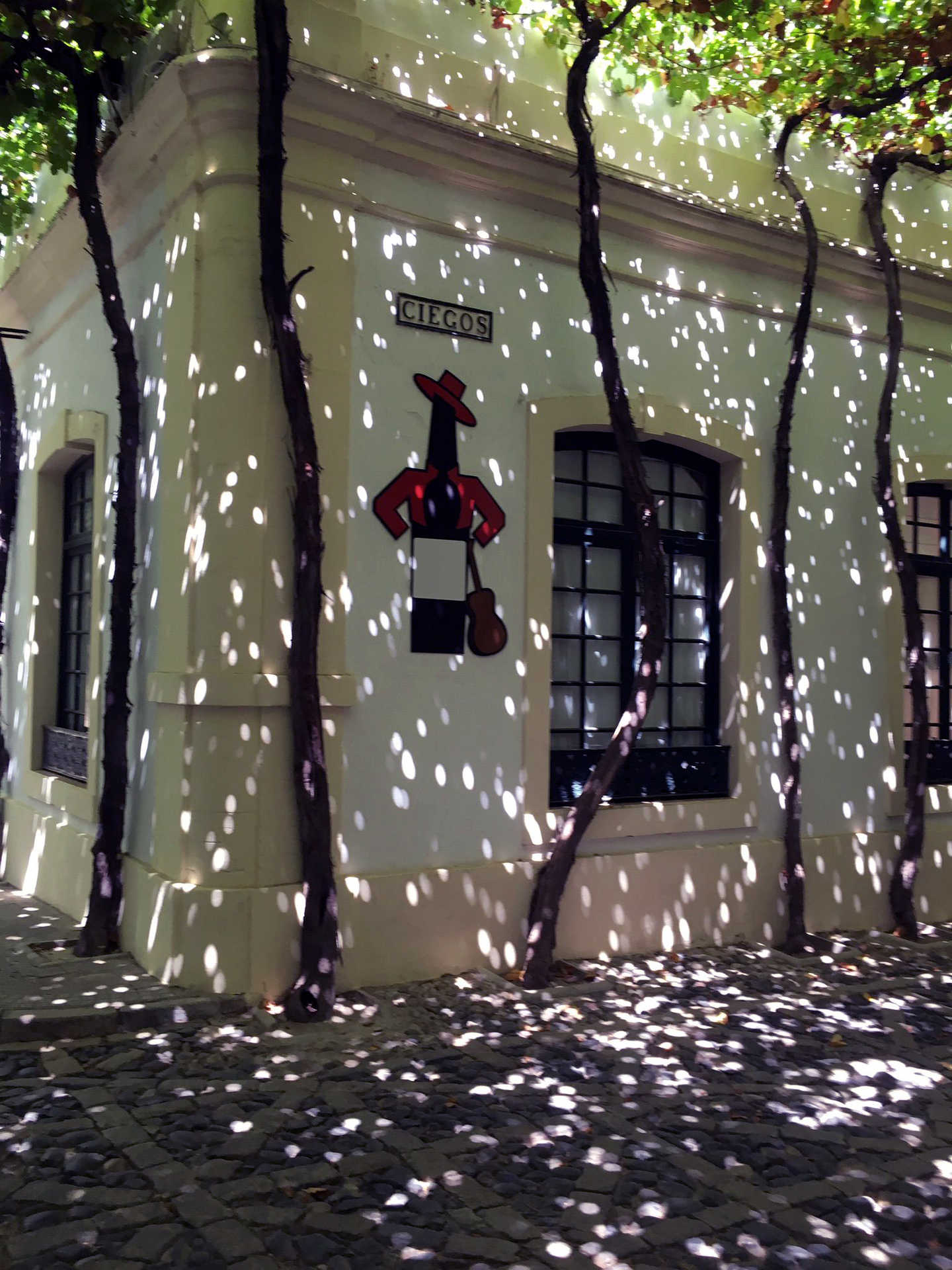
Another example of the importance of light in gastronomic areas can be found in the Market in Cádiz. This building occupies the place left by the Convent of Los Descalzos after it was confiscated by Mendizábal. It consists of Doric arcaded galleries around a nave that occupies the entire square, creating a bright, open, ventilated interior.
Light contrasts in Málaga
The last place on this route is the province of Málaga, where you will find extraordinary contrasts between light and shade in some of its most iconic attractions.
In the Moorish Baths in Ronda light is just one more architectural feature. The light has a different intensity in each room, although the predominant feature is the creation of a relaxing atmosphere that materialises perfectly in the inviting semi-darkness and helps you understand the essence of Al-Andalus architecture.
As a contrast, in the city of Málaga you should visit the Cathedral, where you can appreciate the contrast between architecture and light from the moment you enter. But where it can best be appreciated is in the naves that run from the crossing right to the far end. At the back, a path of light illuminates the vaults, sliding across their surface and playing games on the reliefs to create the sensation of a great wealth of space.
